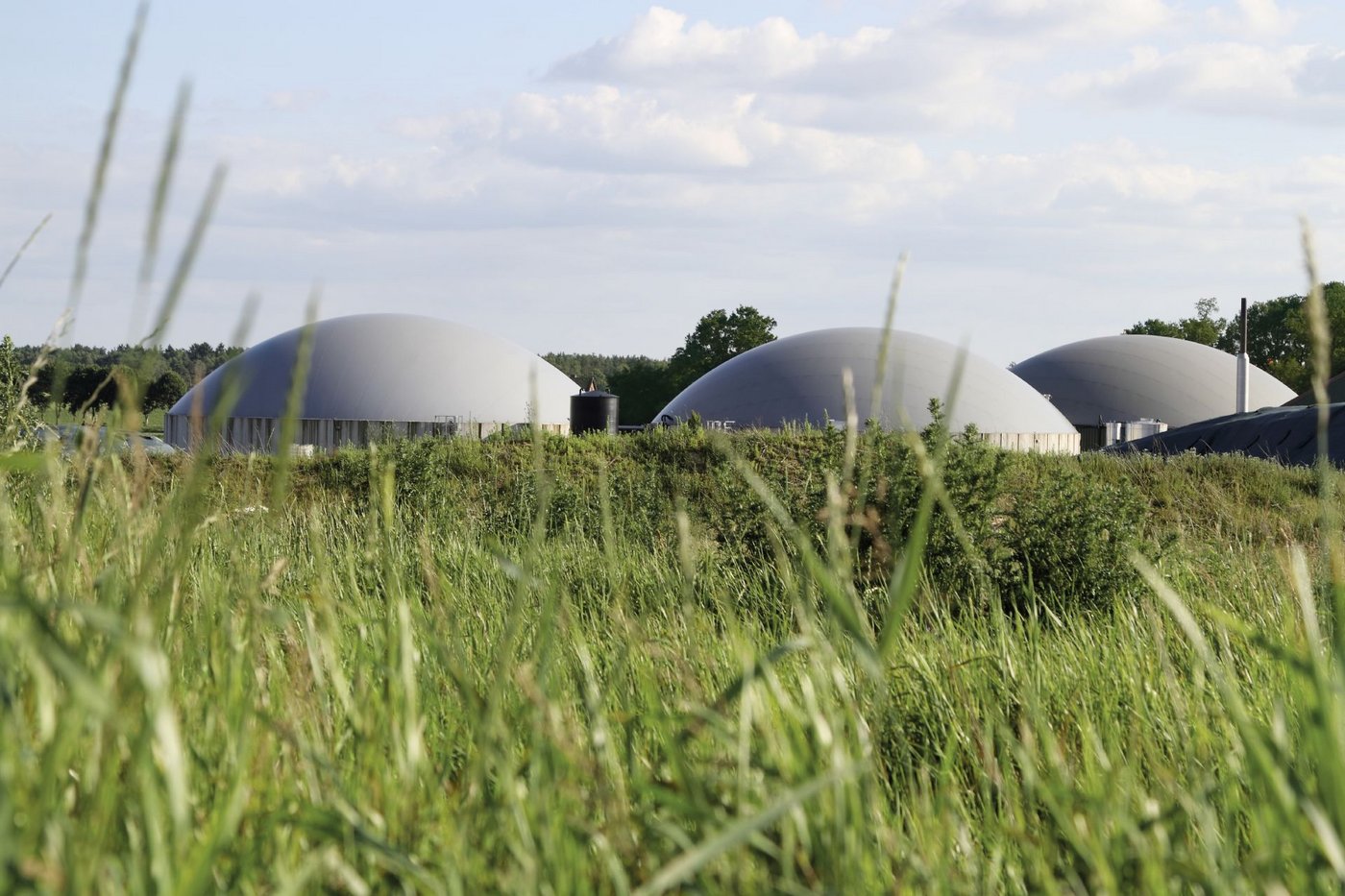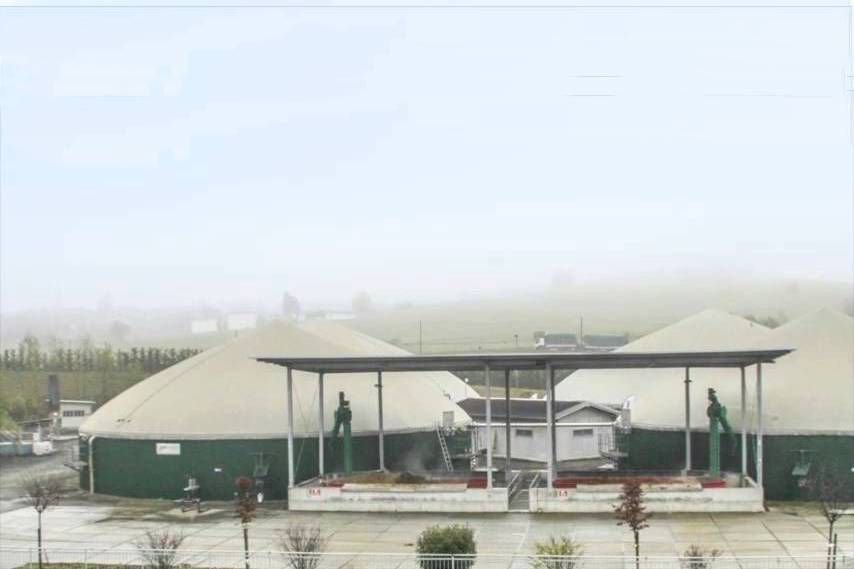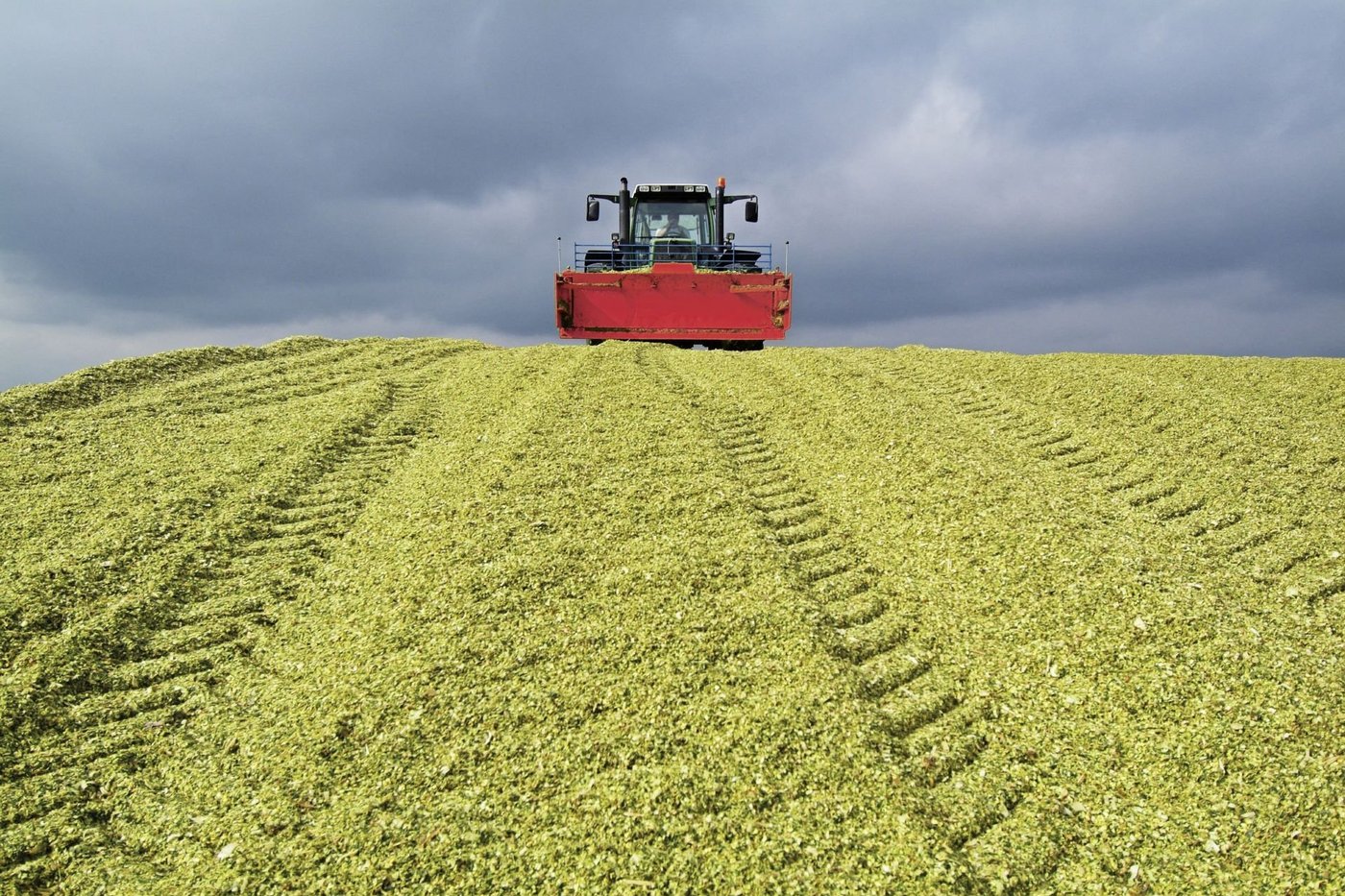Unlocking the potential of biogas: An in-depth look
Biogas plants: Types and subcategories
Biogas plants form an important interface between sustainable energy production and waste management. By utilizing organic materials, these plants offer a double benefit: They reduce pollution while generating renewable energy from residues and organic waste. Understanding the different types and sub-categories of biogas plants is essential to navigating the landscape of renewable energy solutions.
Wet fermentation and dry fermentation
The two fermentation methods
Biogas plants are often categorized according to different aspects. For example, a distinction is made between wet fermentation and dry fermentation. During wet fermentation, the solid matter is mixed with a liquid. The resulting organic suspension is usually flowable and is moved using pumps. During dry fermentation, stackable biomass is packed into a "box digester" or "garage digester" and then sprayed with a liquid (the "percolate"). Percolate leaking out of the bottom is collected and re-applied to the top of the biomass. This facilitates the fermentation process and therefore enables biogas production. This type of plant is not so widely used and is primarily used for the fermenting of organic waste such as green cuttings or food waste from households.
Biogas plants and bio-methane plants
It's what comes out that matters
Another distinction is biogas plants versus bio-methane plants. Both plants produce biogas. In biogas plants, this biogas is processed a little and then converted directly into electricity and heat in a nearby cogeneration unit. Bio-methane plants process the biogas so thoroughly that – like natural gas – it consists almost entirely of methane. This bio-methane can be fed directly into the natural gas network where it can be transported and burned where the energy is needed.
Waste plants
Sensible use of organic waste
Another common classification is based on the biomass used. It distinguishes between co-fermentation plants or waste plants and renewable material plants. The term "co-fermentation plant" goes back to the early days of the biogas boom. Farmers built systems in which they wanted to generate and use the energy that was still in the liquid manure in the form of biogas. They soon realized that they could produce much more biogas if they also added co-substrates to the liquid manure, such as uneaten food, grains, or organic waste material. This gave rise to the term co-fermentation plant for biogas plants that ferment industrial residues and waste materials as well as agricultural waste such as liquid manure and dung. As time went on, the proportion of these agriculturally based biogas plants that ferment waste materials decreased sharply. Instead, many industrial plants were built for the management of municipal, commercial and industrial waste. During this development, the term "waste plant" came to be used for biogas plants where organic waste is fermented.
RNG Biogas
RNG (Renewable Natural Gas) biogas production is an advanced form of typical biogas production, where raw biogas from organic waste (like manure, food scraps, or wastewater) is further refined to remove impurities such as CO₂, moisture, and contaminants. Unlike standard biogas, which is mainly used for on-site energy generation, RNG is upgraded to pipeline-quality methane, making it interchangeable with fossil natural gas for use in vehicles, heating, and power generation. This process increases its versatility and commercial value while reducing greenhouse gas emissions.







